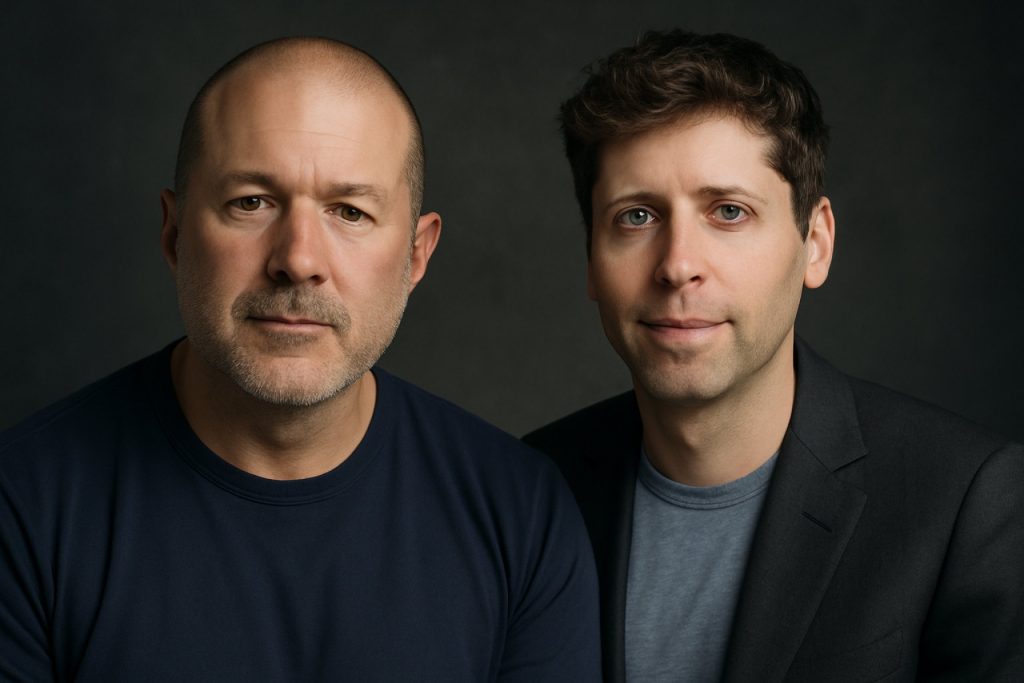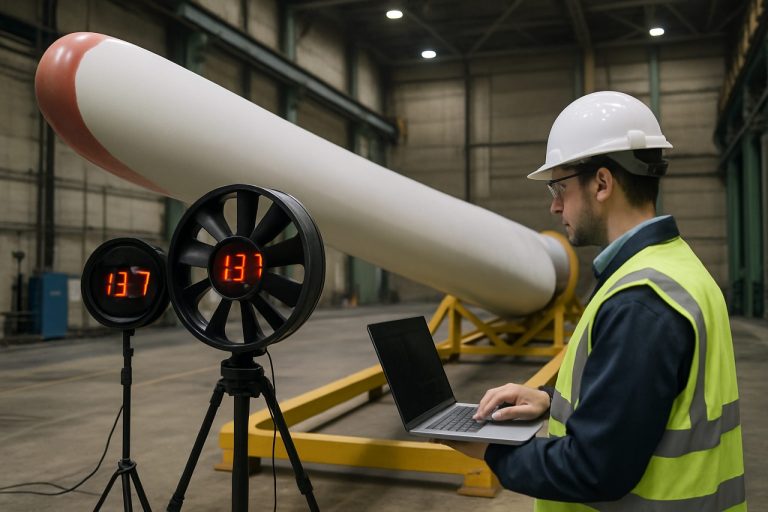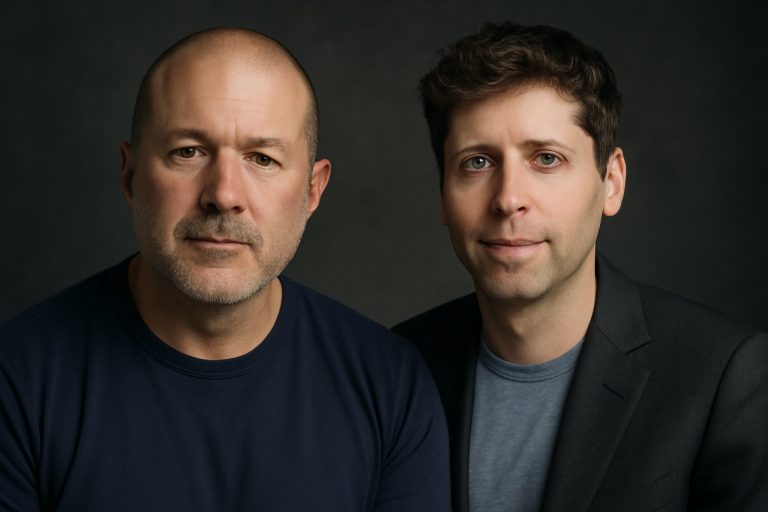
- OpenAI partners with renowned designer Sir Jony Ive, merging AI innovation with iconic hardware design.
- OpenAI acquired Ive’s design venture io, with Ive taking on major creative roles in future projects.
- The goal: AI-powered, elegantly-designed devices that feel intuitive and personal—OpenAI’s “family of devices.”
- Apple’s stock dropped as the partnership heralds renewed competition in AI and consumer hardware design.
- Sir Jony Ive, the mind behind Apple’s iPhone and iMac, will continue his independent studio LoveFrom.
- Industry sees this collaboration as a catalyst for the next era of everyday AI, challenging tech giants worldwide.
The world of technology quakes as two titans unite: OpenAI is joining hands—and minds—with legendary designer Sir Jony Ive, setting pulses racing across Silicon Valley and beyond. The architect of the iPhone’s sleek minimalism now steps into the heart of artificial intelligence, preparing to shape hardware where computing power feels less like a tool and more like an extension of human imagination.
Picture the possibilities—devices imbued with intelligence, responsive to your needs and crafted with the elegance that once turned the iPhone into an icon. Industry observers describe this partnership as nothing short of a creative supernova, one whose ripple effects are already reaching the upper echelons of Big Tech.
OpenAI, the makers of the transformative ChatGPT, has acquired io, the design-focused venture Sir Jony founded in 2023. This is no mere acquisition—it’s a merger of ambition, with the visionary British designer taking on “deep design and creative responsibilities” across OpenAI’s projects.
- Sam Altman’s Dream: For OpenAI’s chief executive, the goal is audacious—a “family of devices” born from AI’s possibilities, each designed from the ground up to be as intuitive and personal as the revolutionary products Jony Ive once dreamed up for Apple.
- The Apple Aftershock: As news broke, Apple‘s shares stumbled, a signal that the industry’s bedrock is shifting. Some critics have said Apple lags in bringing AI to its devices, and this move throws down the gauntlet for a new design and innovation race.
- The Legend’s Next Chapter: Sir Jony Ive’s legacy is etched in glass and aluminum—the iPod, the iMac, and, of course, the iPhone. After departing Apple in 2019 to launch LoveFrom—a creative collective behind collaborations with companies like Airbnb and Moncler—he’s returning to the front lines of tech’s next big leap.
Industry insiders whisper that this is the hardware moment AI has been building towards, a challenge not just to Apple, but also to forces at Meta and Google, all racing to deploy smart devices—from headsets to glasses—at the boundary of what feels possible.
Brink of a New Era? As Sir Jony declared in a rare public statement, the world is “on the brink of a new generation of technology.” Such words carry the weight of a designer who helped sculpt the way a generation lived and communicated. Now, with OpenAI’s formidable engine of innovation, he stands ready to redefine what a computer can be—and how it feels to live with everyday AI.
- LoveFrom will remain independent, continuing its own adventures in design.
- OpenAI’s foray into tangible products marks a historic evolution—from software that converses to hardware that listens, learns, and perhaps even empathizes.
What comes next could change everything—how we work, create, and connect. The world has waited for the next iPhone moment. It may be arriving now, forged by two of the 21st century’s most visionary minds.
Unpacking the Hype: Pros, Cons, and Unanswered Questions of the OpenAI & Jony Ive Alliance
-
Pros:
-
Innovative Synergy:
The partnership fuses OpenAI‘s AI prowess with Sir Jony Ive’s iconic design philosophy, promising devices poised to redefine user experience. -
Disrupting the Market:
By shaking up established giants like Apple, Meta, and Google, this collaboration sets a new benchmark for intelligent hardware. -
Legacy of Excellence:
With a track record of success at Apple and projects with Airbnb and Moncler, Sir Jony brings unrivaled creative clout to AI’s biggest stage.
-
Innovative Synergy:
-
Cons & Limitations:
-
Commercial Uncertainty:
OpenAI is venturing into hardware for the first time. The pathway from revolutionary idea to market-ready product is littered with challenges—production, adoption, and competition from entrenched players like Apple. -
Integration Challenges:
Merging the cultures and workflows of OpenAI and Ive’s design teams could slow progress or dilute vision. -
High Expectations:
After the transformative impact of the iPhone, anything less than a groundbreaking device could be seen as a letdown by the public and press. -
Potential for Controversy:
Deep learning hardware raises new ethical and privacy questions, issues that have tripped up companies like Meta and Google in the past.
-
Commercial Uncertainty:
-
Controversies:
-
Industry Shockwaves:
The move triggered immediate tremors, with Apple‘s shares dipping in reaction, fueling debate over which tech giant will lead the AI hardware revolution. -
Design Independence:
While LoveFrom remains independent, some critics question whether this dual allegiance can persist free from conflict or compromise.
-
Industry Shockwaves:
As the world watches this ambitious experiment, only time will tell if the collaboration between OpenAI and Sir Jony Ive delivers the next seismic shift—or stumbles under the pressure of expectation and complexity.
The Next Tech Revolution: What Will OpenAI and Jony Ive Deliver By 2030?
-
Human-Centric AI Devices:
Experts expect OpenAI and Jony Ive to lead a wave of AI-powered products so intuitive they become invisible extensions of ourselves—think ambient assistants and personalized hardware that can predict, adapt, and empathize. Consumer devices could be reimagined on a scale not seen since the original iPhone, disrupting traditional giants like Apple and Google.
-
The New AI Device Ecosystem:
Within the next few years, analysts forecast an entire “family of devices” from OpenAI, each uniquely designed for different contexts—home, work, and on-the-go. This could include everything from AI-driven wearables to smart home interfaces that redefine privacy, personalization, and the way we interact with technology day-to-day.
-
Design Wars Heat Up:
The acquisition of io and Jony Ive’s hands-on role have ignited a new arms race in design. Big Tech players, including Meta, are rapidly investing in next-gen hardware, forcing a new focus on design, emotional intelligence, and hardware-software synergy.
-
Redefining User Interaction:
The coming decade will likely see the emergence of devices that minimize screens, instead favoring voice, gesture, and even emotion-based controls. As AI becomes deeply embedded in hardware, the goal is frictionless interaction—making digital intelligence feel as natural as conversation or a touch.
-
Innovation Pressure on Industry Titans:
Initiatives by OpenAI and Jony Ive could force established leaders like Apple and Microsoft to accelerate their own hardware and AI development, resulting in faster cycles of innovation, new cross-industry partnerships, and possibly unexpected breakthroughs.
-
Societal Impact and Ethical Frontiers:
The integration of empathetic AI into everyday devices raises profound questions about privacy, agency, and security. Look for new standards and discussions led by industry, governments, and innovators like OpenAI around responsible design and ethical deployment.
Bottom Line: As OpenAI and Jony Ive embark on this groundbreaking journey, the next few years are primed to deliver a technological leap that could rival the dawn of smartphones and personal computing. Every company in the innovation race will be forced to rethink what the future feels—and looks—like.



